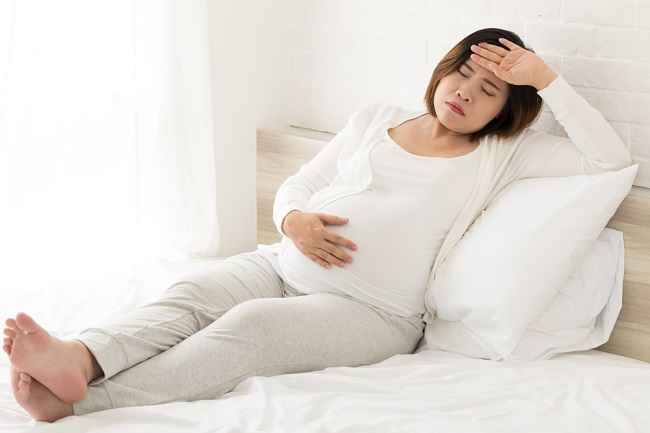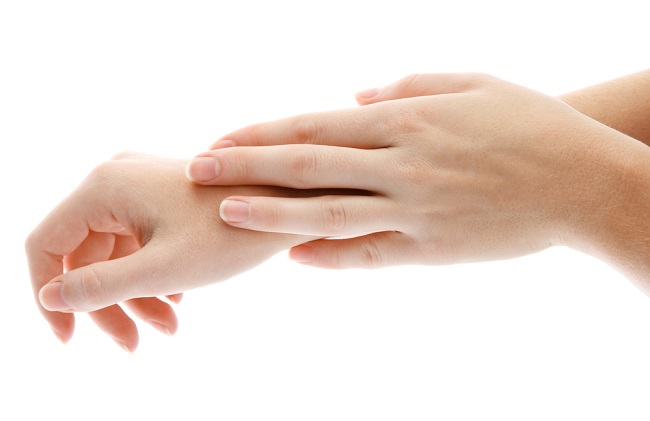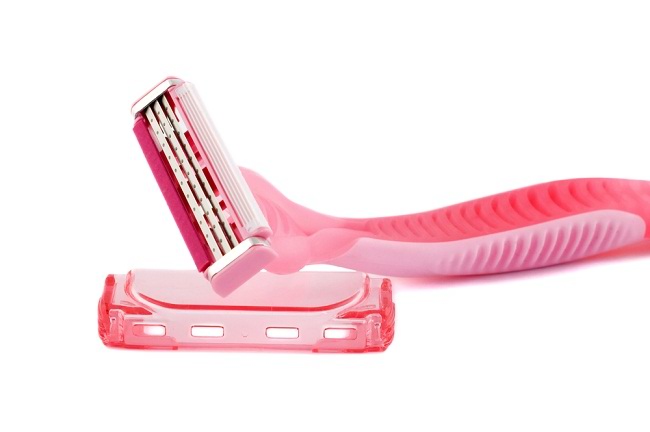Dangers of Air Pollution against Allergic Colds
Air pollution can cause interference with the respiratory tract, one of which is an allergic runny nose or allergic rhinitis. Air pollution is not only outdoors, but can also be in the room. For example, in a factory, office, or even at home.
Substances which are pollutants (causes of pollution) in the air are carbon monoxide (CO), carbon dioxide (CO2), nitrogen dioxide (NO2), sulfur dioxide (SO2), formaldehyde, phthalate, and particle pollution (PM). These various types of substances can trigger the appearance of allergic colds in some people.
Indoors, air pollution comes from toxic gases, volatile organic compounds (VOCs), mites, pet dander, fungi, bacteria, and viruses. Pollutants are generally produced from vehicle emissions, building materials, household furniture, air freshener, cooking, smoking, or when someone coughs and sneezes in the room.
According to research abroad, the causes of air pollution can reach 5 times more when indoors than outdoors. This is due to a lack of ventilation to ensure air circulation, increased synthetic materials as building materials and furniture, and the use of home cleaning products. In fact, from the same study states that people who often experience allergies spend more time indoors.
Dangers of Air Pollution against Allergic Colds
Cold allergies or allergic rhinitis are different from colds due to infection. Allergic rhinitis is inflammation of the inside of the nose caused by allergens, namely allergic substances, such as dust and particle pollution. While colds due to infections caused by viruses and bacteria.
When exposed to allergens derived from air pollution, the body's immune system reacts because it considers allergens as dangerous objects. As a result, the body produces a number of chemicals that make the nasal mucous membranes swell and the production of mucus in the nose increases.
Although different, allergic rhinitis has several symptoms that are similar to cold infections, namely sneezing, runny nose, itching, and stuffiness. These symptoms usually appear shortly after exposure to allergens. To treat allergic colds, you need to avoid the trigger factors for allergic reactions. In addition, you can also take drugs, especially if the complaint is very disturbing.
If left untreated, allergic rhinitis can cause:
Sinusitis
The sinus cavity around the nose naturally produces mucus. But when it is clogged or inflamed due to allergic rhinitis, mucus cannot flow out, making it easy to get infections and inflammation in the sinuses, called sinusitis. Sinusitis can cause difficulty breathing, decrease the sharpness of the sense of smell, snoring during sleep, or even sleep apnea.Otitis media
Otitis media is inflammation of the middle ear. This condition occurs when rhinitis causes inflammation and swelling of the eustachian canal that connects the nose and ears. If this duct is blocked due to swelling, fluid can accumulate in the middle ear and behind the eardrum, making infection and inflammation easy. Otitis media can cause hearing loss.Nasal polyps
Nasal polyps are lumps that grow in the lining inside the nose or sinuses. If the size is large enough or large in number, nasal polyps can block breathing and reduce the sharpness of smell. Large polyps usually need to be treated with surgery.
The United States Environmental Protection Agency (EPA) said that air pollution is one of the main causes of health problems, especially in breathing. The effects of air pollution on health can be exacerbated by the conditions of a narrow, damp and inadequate ventilation room.
If a house has poor ventilation, air circulation will not run smoothly, so that pollutants accumulate inside the house. This is what triggers allergic rhinitis. In addition, studies show that children who live close to pollution or are often exposed to dust and mites, are more at risk of experiencing allergies when they are adults.
Allergic triggers in each person is different, but the most common cause of allergic colds is air pollution. To prevent allergic colds, clean the house regularly and make sure the air circulation is good, so that the air quality in the house is maintained.










Comments